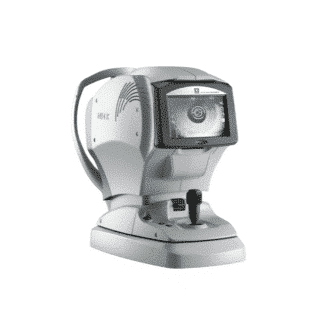An exercise bike allows you to work the muscles of the lower limbs and the endurance of a patient by simulating the operation of a bicycle. As it is mainly used indoors, it has the advantage of not being subject to weather or traffic conditions.
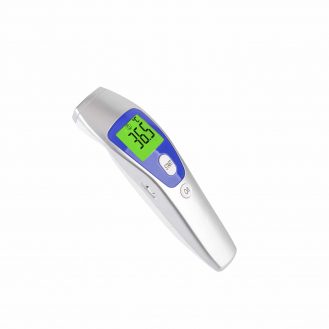
An exercise bike allows you to work the muscles of the lower limbs and the endurance of a patient by simulating the operation of a bicycle. As it is mainly used indoors, it has the advantage of not being subject to weather or traffic conditions.
An exercise bike can be used for basic fitness training, sports training for high-performance cyclists, lower limb rehabilitation or to perform a cardiopulmonary stress test.
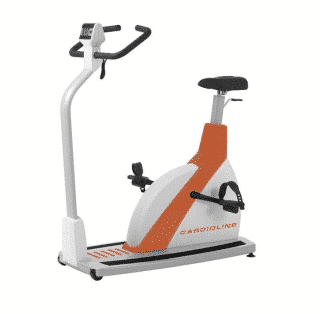
Cardioline ergometer exercise bike
When choosing your exercise bike, you should take into account several characteristics depending on the use you want to make of it. These include the adjustment of the seat and handlebars, the type of resistance system, the type of console and measured parameters, and the different training programs.
There are three types of resistance systems to choose from depending on what you are going to use your exercise bike for: the manual magnetic resistance system, the motorized magnetic resistance system and the electromagnetic resistance system.
The console allows you to view the user’s performance in real time. It gives essential information such as RPM speed, distance, average calories burned and time. These are all parameters that can play a significant motivational role for the user.
This data can be displayed in a more or less interactive way, and the console you choose will depend on your requirements.
Some exercise bikes also indicate the user’s heart rate and are equipped with a chest heart rate monitor.
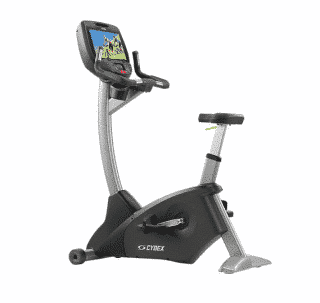
Cybex exercise bike
Some exercise bikes can help the user organize his or her workouts by offering different programs. The choice of program will depend on what you are looking to work on: coordination and speed; strength and power; or aerobic capacity and increasing your anaerobic threshold. These programs often offer interval workouts, which is a good way to make progress.
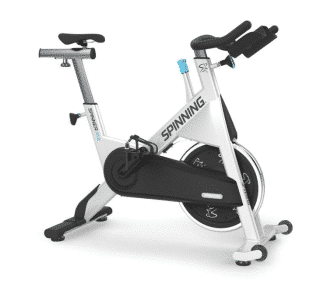
Precor exercise bike

